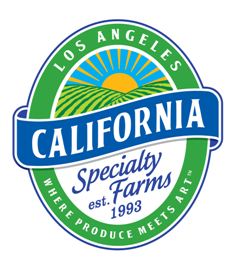Generally available all year from the USA. For simplicity’s sake, we’ve grouped both the red and the multicolored chards together. The names Bright Lights and Rainbow are trademarked names used by their respective growers, although by all accounts, they are virtually identical. Red chard, the most common variety, is also known as Swiss chard and spinach beet, is actually an offshoot of the beet family. Approximately two bunches per pound, and each bunch consisting of 3 to 4 chard leaves averaging 12-15 inches in length, this is one of the most versatile and delicious vegetables on Earth. Its stalks may be chopped and used in soups and stews, vegetable sautés, stuffings and much more. Its succulent leaves may be steamed, braised, sautéed, boiled, and paired with other greens like dandelion, mustard, collard, and spinach, for a terrific combination of flavors. Best kept cold, between 32-34 degrees F, and damp, it is best to cover with paper and top ice, and make certain the leaves do not become dry. To best prevent this, do not subject the chard leaves to any kind of draft, for best results. Best kept away from ethylene producing produce, it does not produce any of its own.

